
QANTAS and American Airlines – joint venture approved
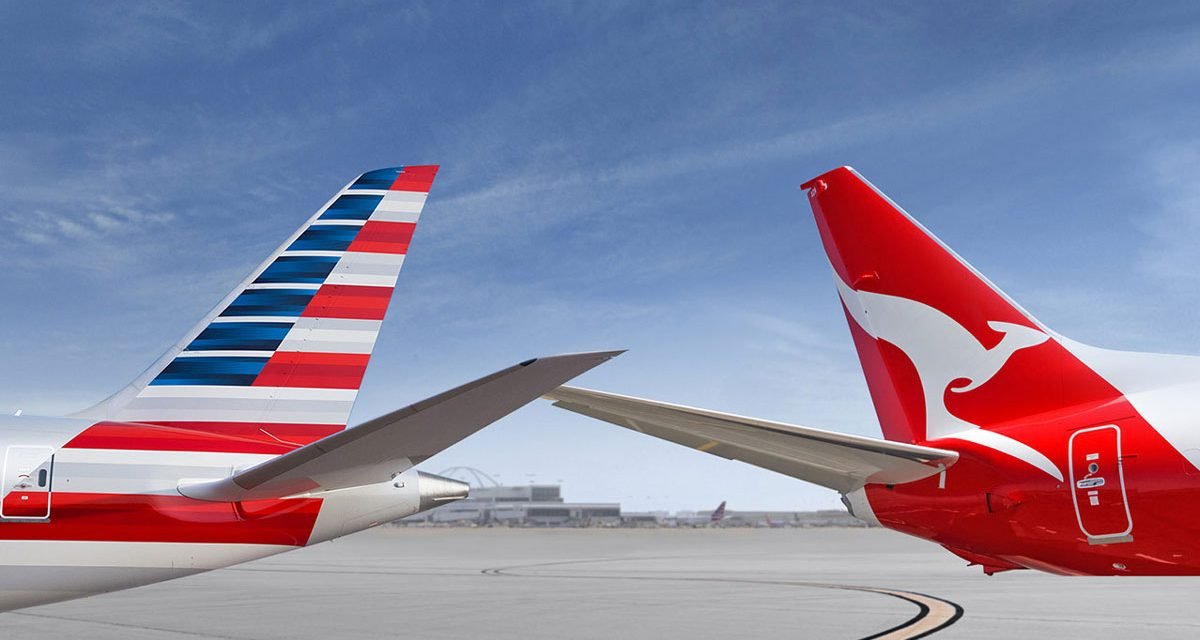
Content of this Post:
History of Qantas & American Airlines joint venture
A joint venture between airlines – is their closest form of association. (What’s a Joint Venture? below) So these agreements are not granted easily, as they are at their heart anti-competitive. They also tend to get a bit political, as this one did. Here’s a summary of the history:
- Way back in 2001 Regulators on both sides of the Pacific approved joint ventures between United Airlines and Air New Zealand, and in 2011 for Delta Airlines and Virgin Australia
- The USA Obama administration blocked the initial application to move their agreement from a partnership to a Joint Venture in early 2016. It concluded after a 17-month review that it: “would reduce competition and consumer choice.”
- Australian and New Zealand regulatory authorities had already approved the venture.
- In reaction, the two airlines took away benefits that had been part of their partnership agreement to help influence the USA Department of Transportation and the Australian authorities In early 2017 American & Qantas. Kind of taking their toys and going home to show the USA authorities what they would miss.
- With the Obama administration gone and the Trump administration in, a new application was made.
- Then they withdrew it again, after no action
- In early 2019 American & Qantas applied again, but with some changes – including removing a provision that barred both carriers from code-sharing with other airlines (codesharing allows 2 or more airlines to advertise a single flight under their own flight number)
- Then in June 2019, the DOT gave conditional approval for the joint venture
- As of Friday 19 July 2019 – the joint venture has been approved
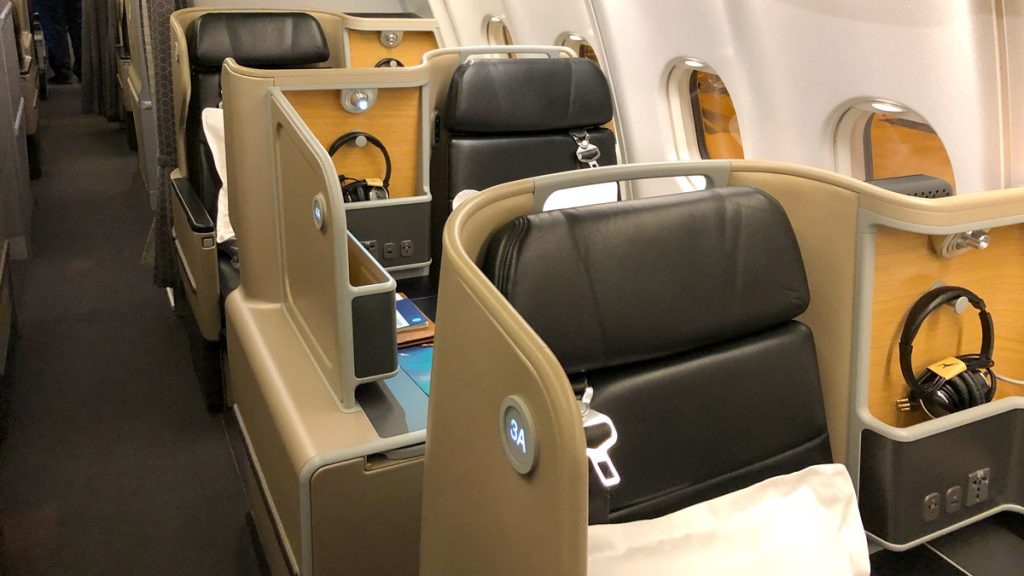
Why a joint venture?
In short, it makes the route more profitable for the two airlines involved, as they can market each other’s flights, rationalise capacity (as they are no longer competing) jointly market flights, and share the flights over both their fleets. It will also probably meant better co-ordination of frequent flyer programs.
It also means they co-ordinate pricing and schedules and share revenue.
What’s in it for consumers?
Well, the news ain’t all good:
On the upside:
- Qantas is promising more destination options – although other than announcing Chicago, its just shifting capacity from Los Angeles to San Francisco for four flights a week. (Qantas is launch 4 weekly flights between Brisbane and Chicago and 3 weekly flights between Brisbane and San Francisco in April 2020).
- They have promised a third new destination pair – suspected to be something as simple as moving the Los Angeles route from seasonal to permanent
- Consistency of product is important, so airlines try to bring that across the brands ((from memory, when Virgin and Delta teamed up – Delta introduced pyjamas in business)
- Improved points earning between the two frequent flyer programs (American AAdvantage & Qantas Frequent Flyer)
- Integrated schedules – using some changes in schedules so they align more closely to important transfers.
- Might see an upgrade of the Sydney – LA route from a 787 to a 777, with greater capacity
- The airlines must conduct a self-assessment of the impact of the venture on competition seven years into the agreement
On the downside:
- Despite the assurances, it will not necessarily provide an increase in capacity
- If capacity and competition doesn’t change there is no incentive to curb pricing
- There is nothing in this agreement that will leed to a greater allocation of reward seats – unless capacity increases
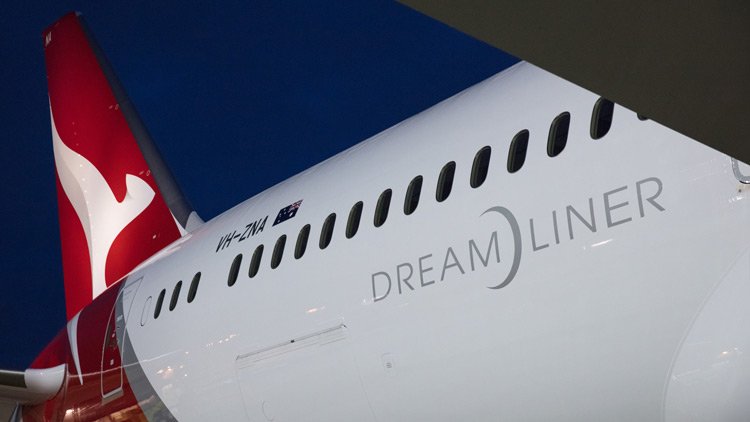
2PAXfly Takeout
There will be some added capacity, routes, and convenience in this agreement.
However, do not forget – this is primarily an arrangement to benefit the profitability of the two Joint Venturers: Qantas & American Airlines. The benefits to consumers will be incidental.
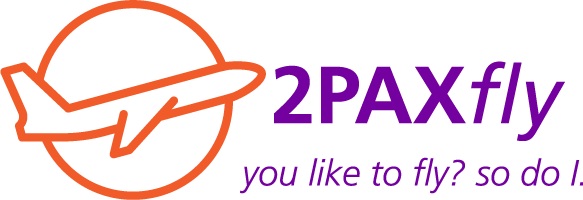



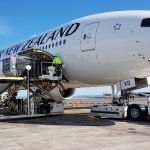

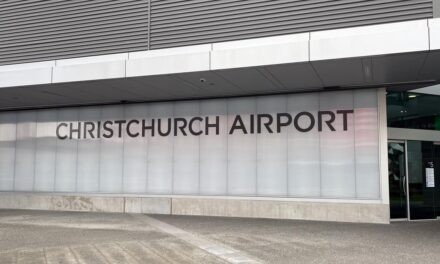




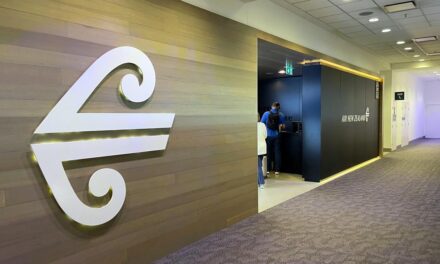

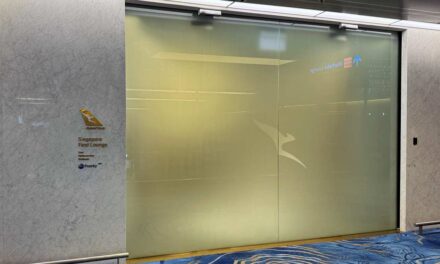





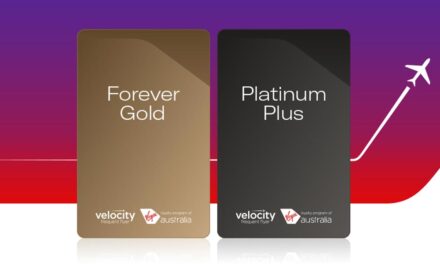


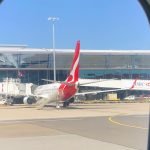




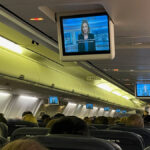
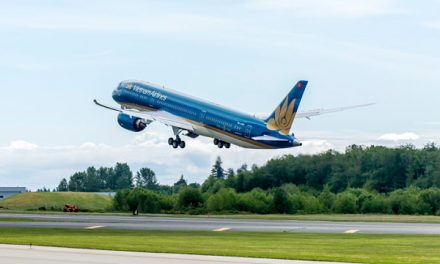
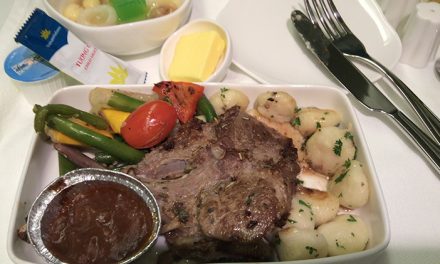




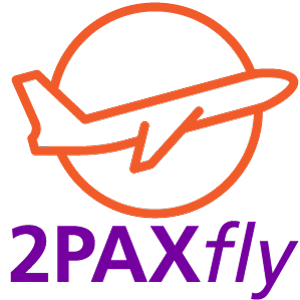
What did you say?